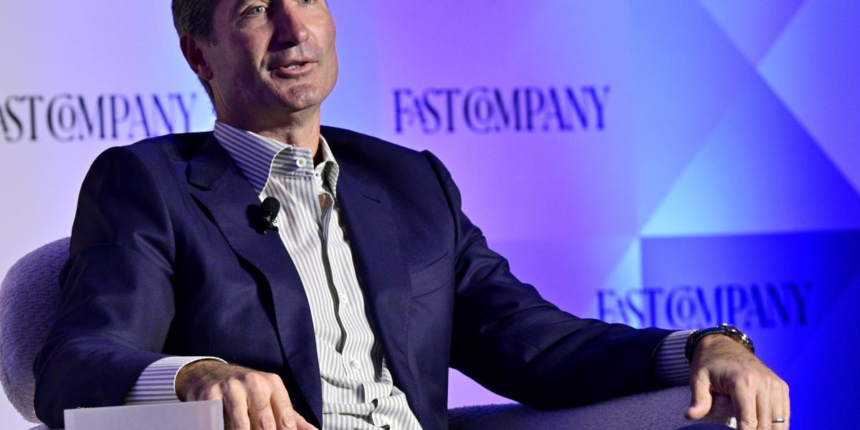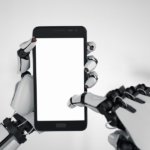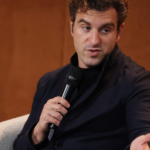Despite the advancements in artificial intelligence, Niccol was quick to squash any notions of a fully robotic staff, saying “we’re not near that right now” and emphasizing that Starbucks has been focused on putting “more partners back into our stores to give people a great, not robotic” experience rooted in “real craft.” Instead, AI is being leveraged to unleash productivity and help human employees accomplish tasks more quickly and efficiently.
A key component of how AI assists baristas with making coffee in real time and reducing service friction is a behind-the-scenes technology called “smart Q.” This system addresses the operational “chaos” that previously existed when orders—which can come from four different access modes: drive-thru, delivery, mobile order pickup, and the counter. When he arrived at Starbucks, Niccol said he found that orders were “all first in first, out—it created a lot of bottlenecks,” and that’s what he’s been working hard to remedy.
Smart Q works to smooth out these bottlenecks by prioritizing the correct order at the optimal time. The goal is speed and accuracy: to ensure that drinks are delivered in under four minutes for in-cafe or drive-thru customers, and on time for mobile orders. Customers may also see evidence of this system via digital screens that display the order status as “received,” “in progress,” or “ready,” which helps customers track their drink’s progress.
Looking ahead, Niccol identified the Starbucks app as a major focus for future AI integration, particularly in terms of predicting customer orders. Currently, the app offers a seamless feature allowing users to select their most recent order. However, the CEO sees a real opportunity to iterate on this feature, making the ordering process “even faster [and] even more seamless.”
Niccol said he envisions a future where friction is entirely removed from the experience, potentially integrating AI-driven systems so seamlessly that customers might not even need to open the app. He suggested that a user could simply talk into their phone, saying, “Hey I need my Starbucks order I’ll be there in 10 minutes,” and the drink would be ready upon arrival. This ability to be more “anticipating what we know you’re going to order,” along with the implementation of voice ordering, is where the brand plans to utilize AI to enhance personalization and speed.
Starbucks is also experimenting with AI across other facets of the business, Niccol said at Dreamforce, including vision, inventory, supply chain management, forecasting, and scheduling. However, these applications are not yet fully implemented at scale. Niccol said he believes AI is a definite opportunity to enhance efficiency, stating that they are already seeing a “big impact” in technology areas, such as the ability to generate code much faster.
For this story, Fortune used generative AI to help with an initial draft. An editor verified the accuracy of the information before publishing.









